Rust is a warm, earthy color that has been growing in popularity in recent years, particularly in home decor and fashion. With its unique combination of red, orange, and brown tones, it can be difficult to know what colors to pair with rust to create a cohesive look. Whether you’re looking to decorate a room or put together an outfit, it’s important to understand how different colors interact with rust to create the desired mood and aesthetic. In this blog post, we’ll explore what colors go well with rust, and how you can use these color combinations to achieve different design goals. From bold, high-contrast looks to more subdued, earthy tones, there are many options to choose from when it comes to pairing colors with rust. So, are you ready to add some warmth and depth to your next design project?
What Colors Go With Rust Overview
Rust is such a versatile and dynamic color, and there are so many amazing options to choose from when it comes to pairing it with other hues. To start, I think that shades of green, such as olive and forest green, are a fantastic match for rust. They bring out the earthy tones in the rust and create a natural, outdoor feel. Another option is to pair rust with blues, such as navy or powder blue, for a bold, high-contrast look. These shades provide a striking contrast to the warm tones of rust and add a pop of color to any design project.
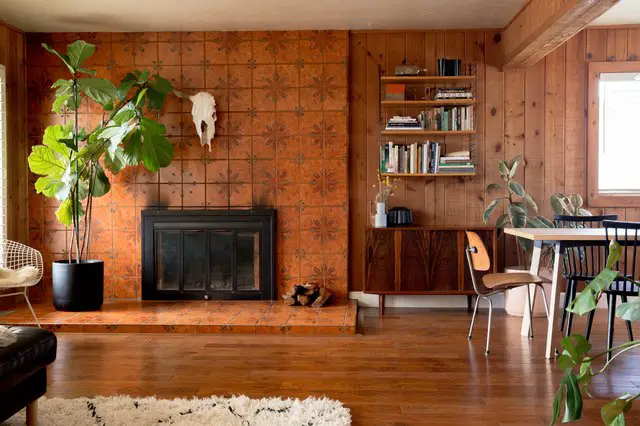
Another way to enhance the beauty of rust is by pairing it with neutral colors like beige, cream, and gray. These colors provide a calming backdrop for rust and help to balance out its warm, intense tones. Furthermore, metallics, such as gold or copper, are also great companions for rust, as they play off its reddish-brown undertones and add a touch of glamour and sophistication.
I think that when it comes to choosing colors that go well with rust, it’s all about finding the right balance between warmth and coolness, and between light and dark tones. By combining rust with complementary hues, you can create dynamic and eye-catching designs that evoke feelings of comfort, depth, and energy. I’m so excited to see what you’ll come up with!
What Colors Go With Rust Comparison Table
Rust is a warm, earthy color that can be difficult to match with other colors. Whether you’re decorating a room, putting together an outfit, or creating a design project, it’s important to understand how different colors interact with rust to create the desired mood and aesthetic. In this guide, we’ll explore methods for solving what colors go well with rust and provide a comparison of the pros and cons of each method.
Method 1: Color Wheel
The color wheel is a visual representation of color relationships that can help you determine which colors go well with rust. The color wheel consists of primary colors (red, blue, and yellow), secondary colors (orange, green, and purple), and tertiary colors (red-orange, blue-green, etc.). Colors that are directly opposite each other on the color wheel are considered complementary and can create a high-contrast look when paired together. For rust, complementary colors include blues and greens, as well as pinks and purples.
Pros: The color wheel is a simple and straightforward method that anyone can use, regardless of their design experience. It also provides a visual representation of color relationships, which can be helpful for understanding how colors interact with each other.
Cons: The color wheel is limited in its ability to show the range of possible color combinations and doesn’t take into account the specific undertones or variations of each color. Additionally, the high-contrast color combinations it suggests may not always be suitable for all design projects.
Method 2: Color Palettes
Another method for solving what colors go well with rust is to use pre-existing color palettes. There are many resources available online that provide a range of color palettes, from bold and high-contrast to muted and earthy. For rust, you can look for color palettes that feature shades of green, blue, beige, gray, and metallics.
Pros: Using a pre-existing color palette can save time and effort compared to creating a color palette from scratch. Additionally, color palettes often provide a cohesive and harmonious range of colors that work well together.
Cons: The limitations of this method are that the available color palettes may not be tailored to your specific design project, and you may have to compromise on the exact colors you want to use.
Method 3: Personal Preference
Finally, the most important method for solving what colors go well with rust is to consider your personal preference. Ultimately, the colors you choose should reflect your individual style and the mood you want to create. If you love the look of rust paired with bold, high-contrast colors, then go for it! If you prefer a more subdued, earthy palette, that’s okay too.
Pros: This method allows for complete creative freedom and gives you the opportunity to create a unique and personalized color scheme.
Cons: The downside of this method is that it may not result in a cohesive and harmonious color palette, and you may need to make adjustments to your design if the colors you choose don’t work well together.
| Method | Pros | Cons |
|---|---|---|
| Color Wheel | Simple and straightforward, visual representation of color relationships | Limited in its ability to show the range of possible color combinations, high-contrast color combinations may not be suitable for all design projects |
| Color Palettes | Saves time and effort, provides a cohesive and harmonious range of colors | May not be tailored to your specific design project, may have to compromise on exact colors |
| Personal Preference | Complete creative freedom, opportunity to create a unique and personalized color scheme | May |
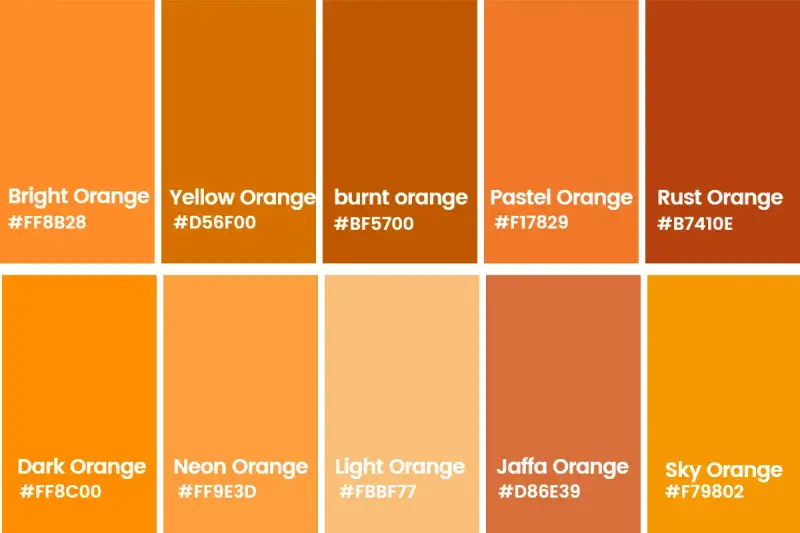
Equipment To Work With
| Equipment | Purpose |
|---|---|
| Color wheel | Helps to understand the relationships between different colors and find complementary colors |
| Color swatches | Provides physical examples of specific colors to use as reference when selecting colors |
| Color picker tool | Allows you to select a specific color from a digital image or website and find its hexadecimal code or RGB value |
| Design software (Adobe Photoshop, Illustrator, etc.) | Enables you to create digital color palettes, experiment with different color combinations, and preview how the colors will look in a design context |
| Paint samples | Gives you a physical representation of the color to see how it looks in different lighting conditions and with different materials |
| Mood board | A physical or digital collection of images, color swatches, and other inspiration that can help to guide your color choices |
Note: This list is not exhaustive and other equipment may be necessary depending on the specific project and design process. The important thing is to have a variety of tools and resources at your disposal to help you make informed and confident decisions about the colors you choose to work with.
What Colors Go With Rust: Step-by-Step Instructions
- Familiarize yourself with the color wheel: Before you start experimenting with different color combinations, it’s important to understand the basic relationships between colors. A color wheel is a helpful tool for this, as it shows the relationships between different hues and helps to identify complementary colors.
- Study rust: Take a close look at rust and its undertones. Rust can have different shades and undertones depending on the material it is found on and the lighting conditions, so it’s important to get a good sense of the specific hue you are working with.
- Identify complementary colors: Use the color wheel to identify colors that are opposite to rust on the wheel. These colors will generally be complementary and create a balanced and harmonious look when paired with rust. Some popular complementary colors for rust include blues, greens, and purples.
- Experiment with color swatches: Get physical samples of the colors you are considering and experiment with different combinations. This will give you a better sense of how the colors look together and how they will work in your specific design context.
- Consider the context: When selecting colors to pair with rust, it’s important to consider the context in which the colors will be used. For example, if you are using rust in a residential interior, you may want to choose colors that create a warm and cozy atmosphere. If you are using rust in a commercial space, you may want to choose colors that convey a more professional and sophisticated look.
- Use design software: Design software such as Adobe Photoshop or Illustrator can be a helpful tool for experimenting with different color combinations and previewing how they will look in a design context.
- Test the colors in situ: Once you have narrowed down your color choices, it’s a good idea to test the colors in the specific environment where they will be used. This will give you a better sense of how the colors look in different lighting conditions and with different materials.
By following these steps, you should be able to determine what colors go well with rust and make informed decisions about your color choices.
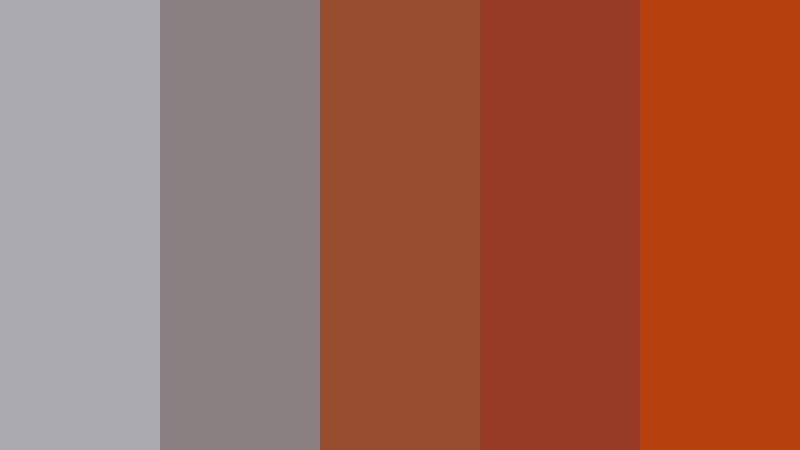
F.A.Q.
What are complementary colors for rust?
Complementary colors for rust are typically found on the opposite side of the color wheel. These colors create a harmonious and balanced look when paired with rust and can include blues, greens, and purples.
How do I choose colors to go with rust?
To choose colors to go with rust, it’s important to consider the specific hue of rust you are working with, the context in which the colors will be used, and the undertones of the rust. You can also use a color wheel to identify complementary colors and experiment with different color combinations using color swatches, design software, and mood boards.
Can warm colors go with rust?
Yes, warm colors such as yellows, oranges, and reds can go well with rust, especially if the rust has warm undertones. It’s important to consider the specific hue and undertones of the rust when selecting warm colors to pair with it.
Can cool colors go with rust?
Yes, cool colors such as blues, greens, and purples can go well with rust, especially if the rust has cool undertones. It’s important to consider the specific hue and undertones of the rust when selecting cool colors to pair with it.
How do I create a color palette with rust?
To create a color palette with rust, start by selecting the specific hue of rust you are working with and using a color wheel to identify complementary colors. Experiment with different color combinations using color swatches, design software, and mood boards, and consider the context in which the colors will be used. You can also incorporate other colors that complement rust and help to create a cohesive and balanced color palette.
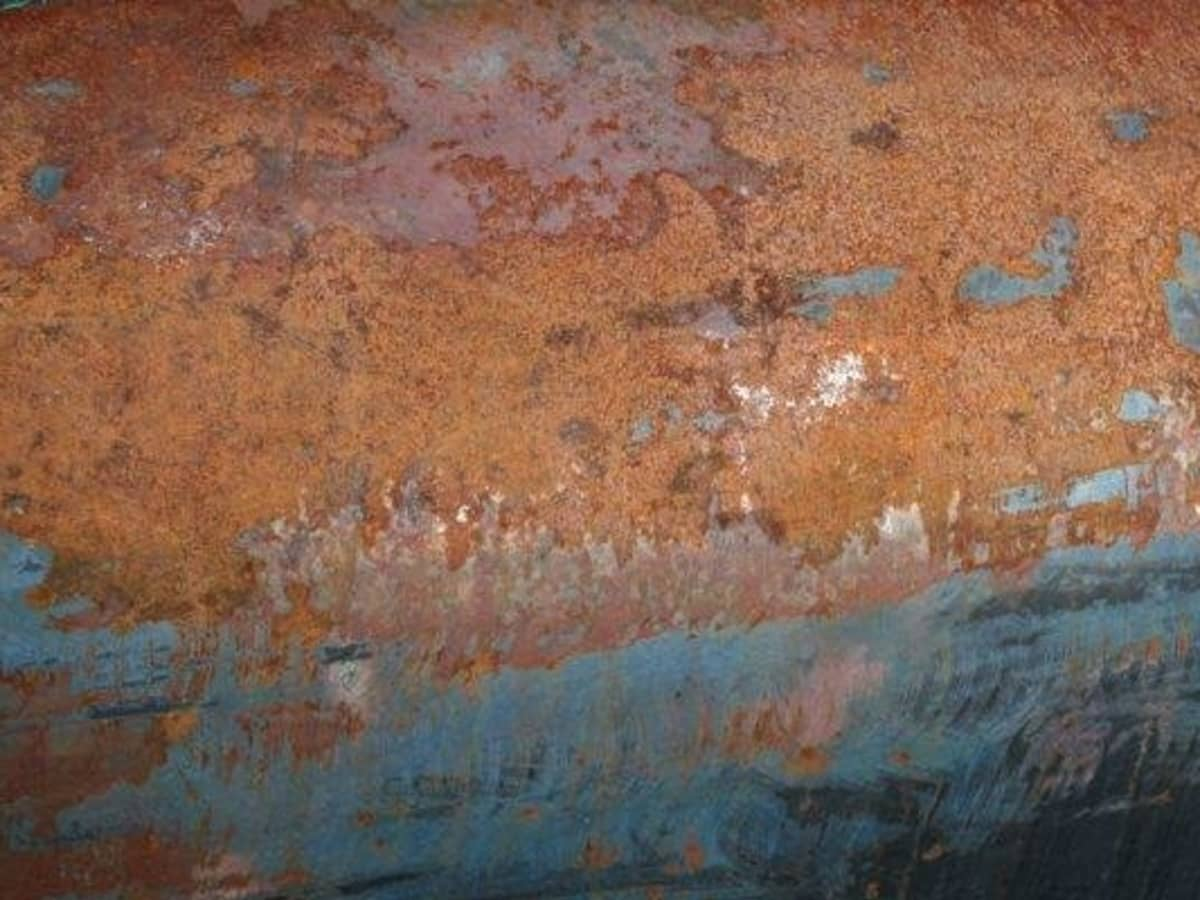

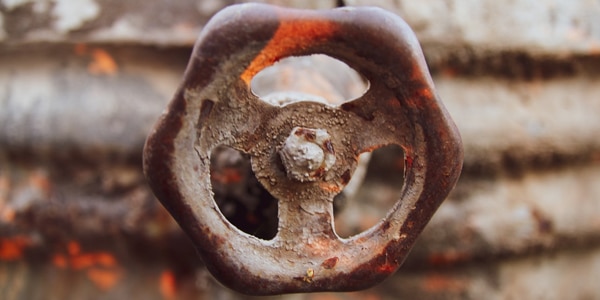
Leave a Reply